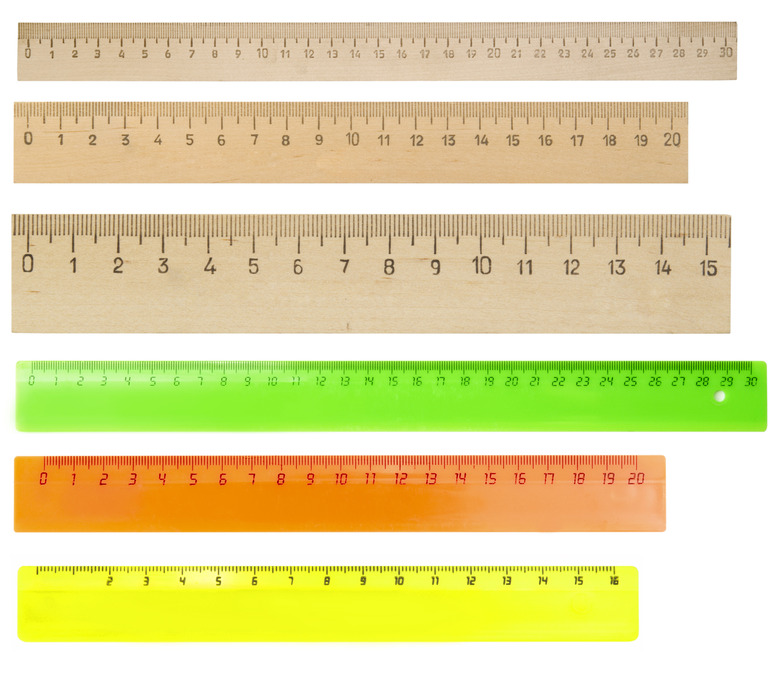Most countries in the world use the metric system. Finding ways to use the metric system in your everyday life is the best way to learn it. When you need to use a ruler to measure something, it’s a simple matter to read centimeter measurements.
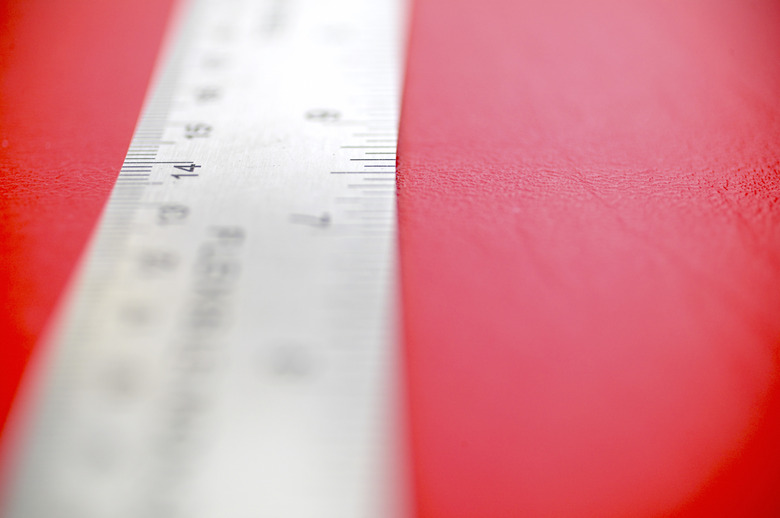
Step 1
Get out your metric ruler and take a look at the lines. A metric ruler features two types of lines. The largest mark centimeters, or cm. The smallest lines mark millimeters, or mm. Keep in mind that there are 10 mm to 1 cm. The measurements are decimalized and there are no fractions.
Step 2
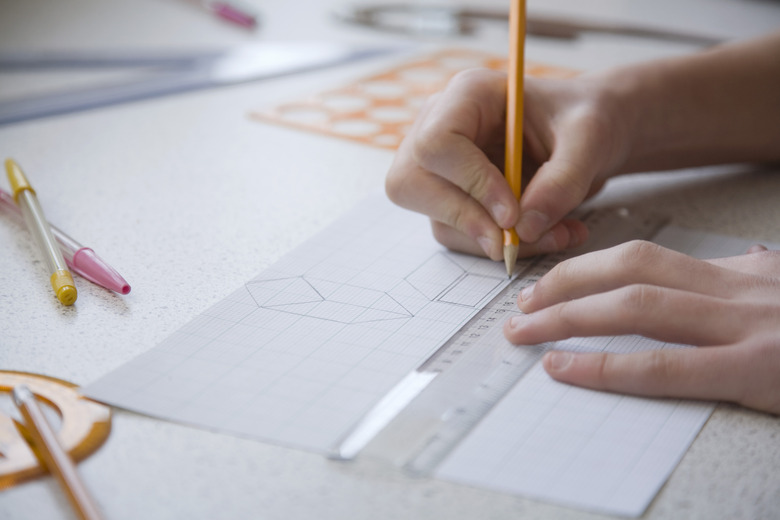
Line up your metric ruler against the object you wish to measure, with one end of the object aligned with the 0 point of the ruler.
Step 3
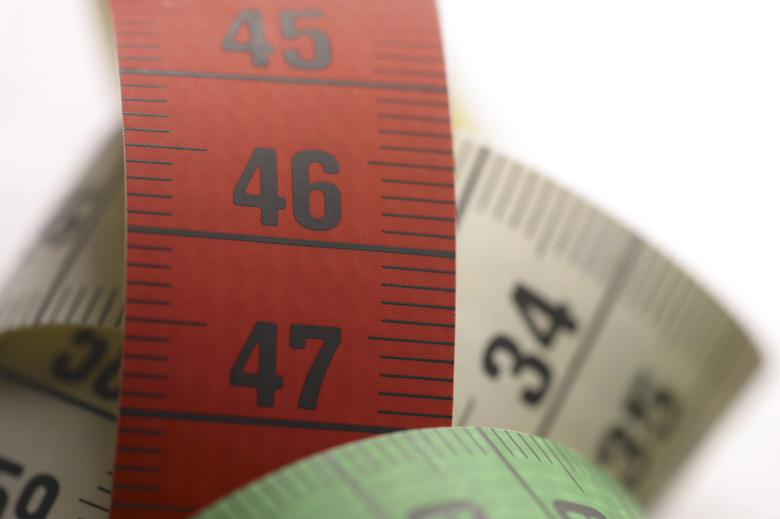
Count the number of centimeter lines from the beginning of the object to the end. For example, your object may be 9 cm long.
Step 4
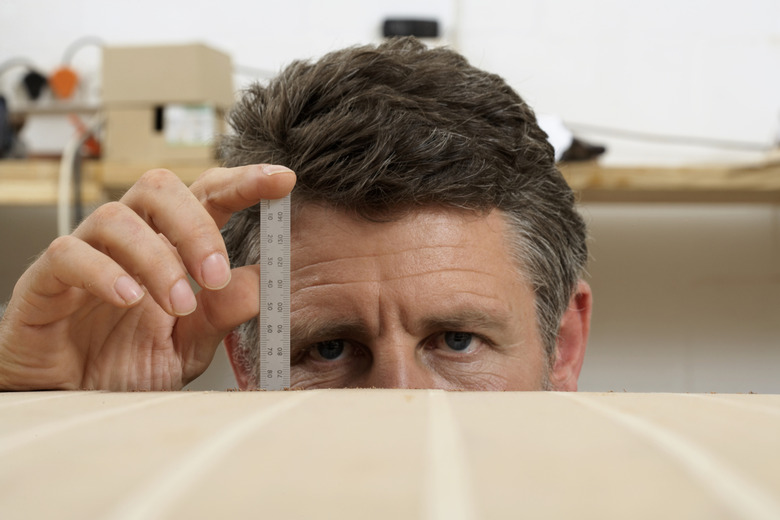
Count the number of millimeter lines, if necessary. For example, your object may extend 8 millimeter lines beyond the 9 mark. Your object would then measure 9.8 cm long.
TL;DR (Too Long; Didn’t Read)
You can convert centimeter measurements into millimeter measurements by multiplying the number by 10. For example, an object that is 9.8 cm is also 98 mm.
Warning
Do not be confused by the “mm” marking at the beginning of a metric ruler. Some may take this to mean that the larger lines are millimeter lines. The “mm” mark simply denotes the smaller lines.

